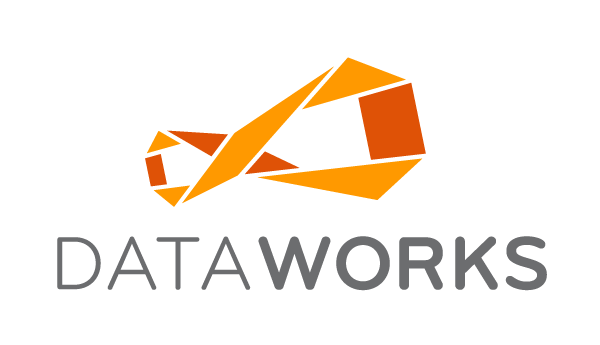The velocity of new features being shipped in NeXT has really accelerated during the past 3 months. Most of the work has been centered on our Food and Beverage modules, but plenty of features for Retail have shipped as well. Version 7.26.47 was released on Sunday, November 6, 2011. The full scope of Version 7 of DataWorks' NeXT Back Office Inventory system is massive, but here is the short list of enhancements and features that I wanted to highlight. Product Form:
- New Wrapper to separately maintain Retail, Food and Supplies Products.
- New Menu to Review Archived Products
- New Lock / Unlock of Cost and Retail Controls
- Standardization of Product Attributes to enable control for Retail, Food, Supplies or Global access.
- Taxable Purchases setup for Supplies
- Catch Weight definition for Food
- Sysco 832 EDI order guide import
- Vendor Product EDI Linking / Unlinking capacity
- Vendor Product to Manufacturer product creation.
Purchase Orders:
- Reusable Templates for Shopping List and Common Reorders grouped by employee access
- The Ship To Facility was freed from Employee Access rights.
- Added Search for Outlets allocated on a purchase order(s)
- Suppress need for Retail Input for Food and Supply vendors
- Ability to define Catch Weights for One-Step PO's
- New Internal and External Documents that specify Order, Pack and Weight units
- Search Option for Input Method (i.e. Manual, Suggested, Requisition, or EDI Import)
- Email PO to Vendor option
Receiving
- Catch Weight Input
- Automatic and Manual Tax Calculation
- Addition Landed Cost Calculation
- Suppress Need of Retail Input for Food and Supply Vendors
- Posting to Accounts payable distribution enhanced to smoothly round to two decimals
Physical Inventory
- Initialization of Physical Counts HUGE speed increase. Example: 30 minutes now 5 minutes.
Markdowns
- Enhanced Selection Ability
- Added Previewer with multiple selector
- Added Hand held interface for uploads
Requisitions and Fulfillment
- Default "Work For" Facility by Employee
- Reusable Templates by Employee Access Group
- Support for Hand Held Uploads
- Sort Options for details
- Debugged Store Specific Requisition Option when From Facility is a Warehouse
- Date Needed Always Calculated - not just for Events
- Allow Fulfillment options to be re-evaluated by Warehouse staff's Employee Access rights
- Start Fulfillment form with a Find form
- Loosen Requisition rules to allow more liberal submitting
- Changed Transfer Specific Option for Transfer From Facility to be free from Employee Access
Reports
- Warehouse Location Reports (D013 and D014)
- Consolidation Report C001,002, and 003 dynamically display number of decimals for fractional food and supplies
- Detail Sales reports DCOG01-09 compare base, landed and theoretical cost of goods.
- Barcode label printing for Warehouse locations
- Base, Net, Landed, Center of Plate and Theoretical Cost of Goods now saved for historical reporting.
- MICROS Symophony POS support
- Added Zip file options for packaging multiple export files into a fix or unique file name
- RX30 POS support
- Book4Time POS Support
- Version 3.0 of AP and GL exports support single flatten csv file format.
- Version 3.1 of AP export supports all optional PO User Defined Attributes
- Input for Product No and Description are now "Contains " rather than "Begins With"
- Verify Barcode export to hand helds for Receiving and Transfer Ins
- Sped up access routines associated with adding a new facility
